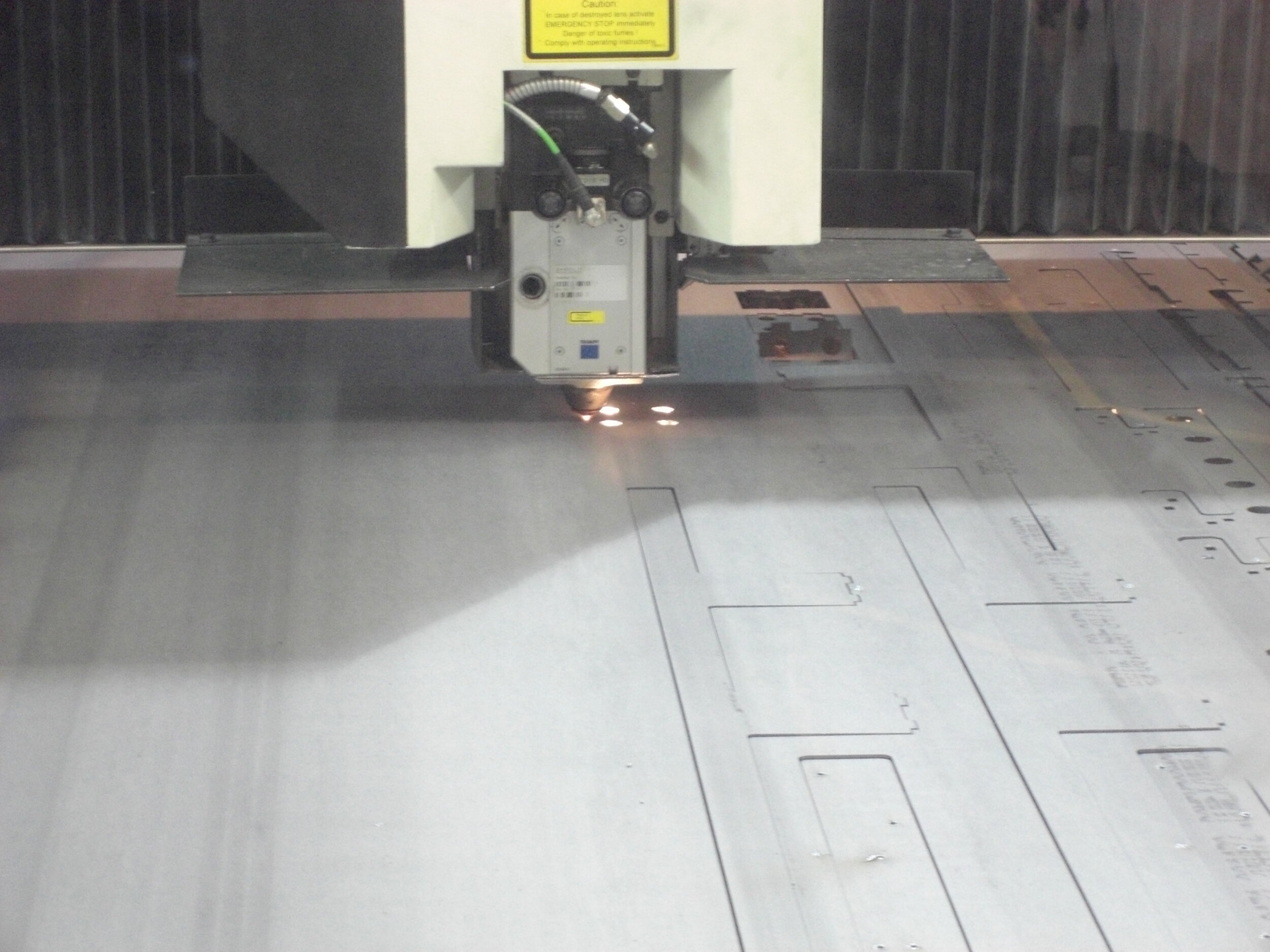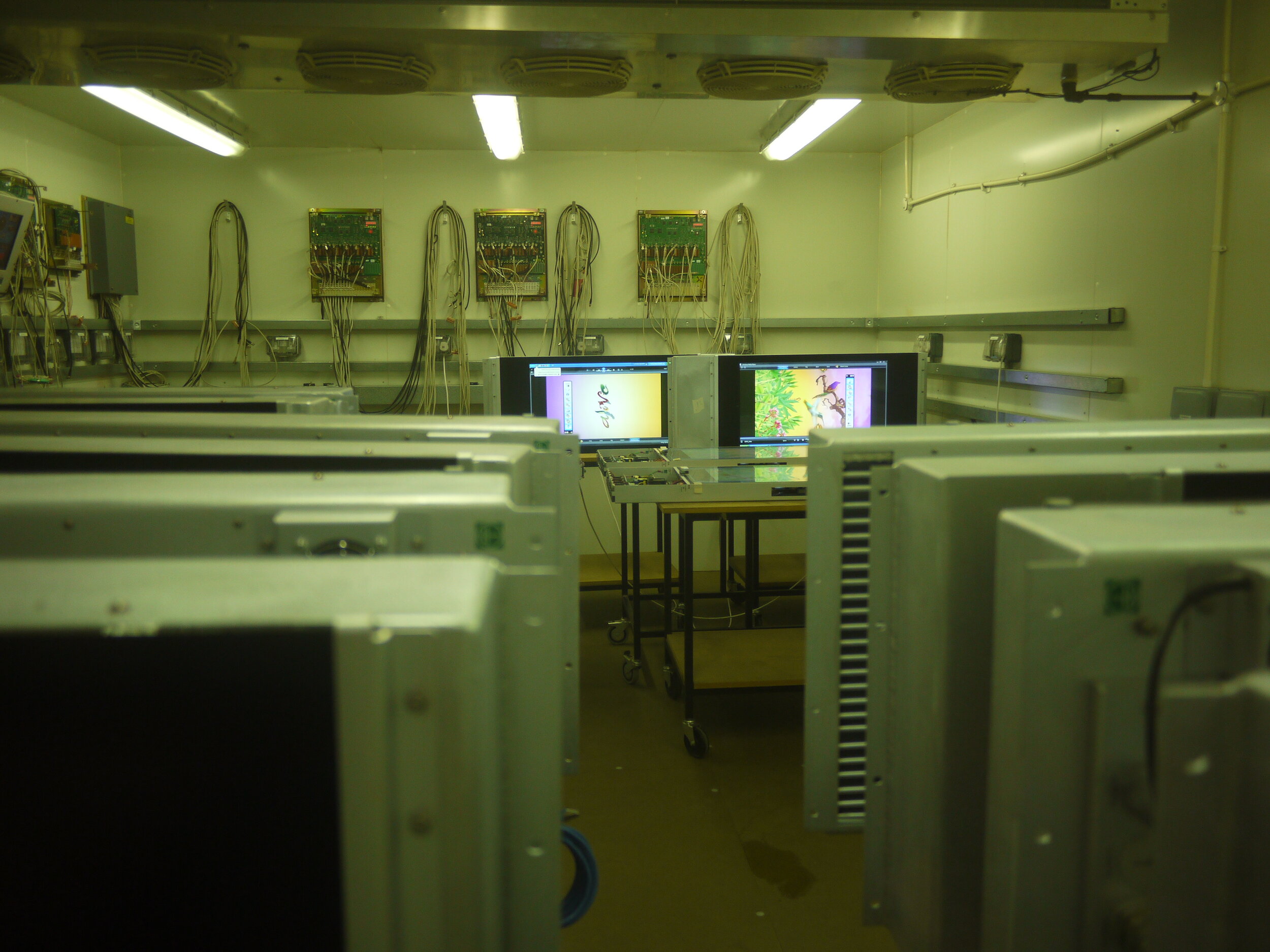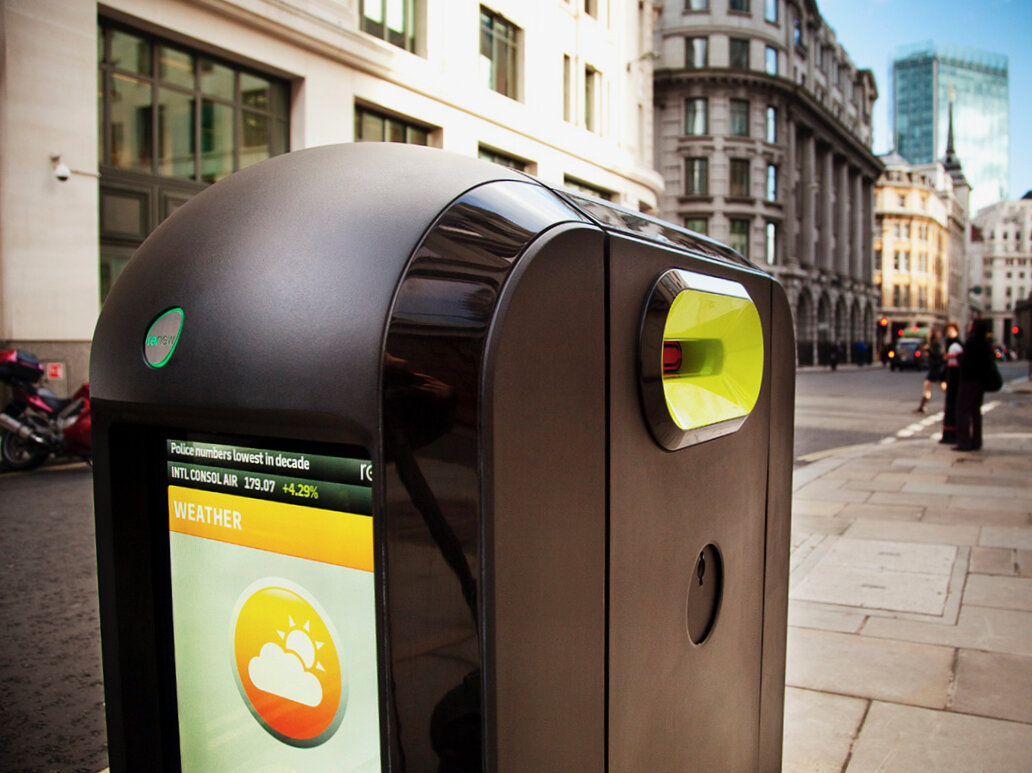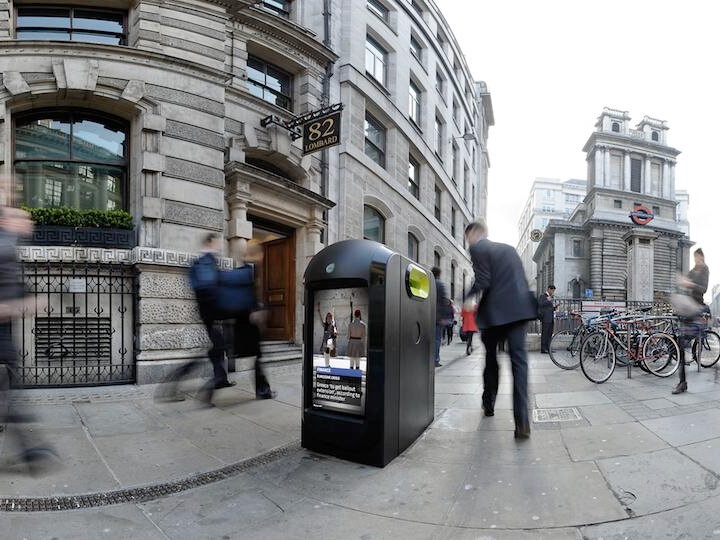Renew_
From the Rosetta Stone to religious iconography and war time posters, the oldest visual medium, out-of-home, reinvented for a connected world. Launched in the City of London for the 2012 London Olympics, with Renew Pods deployed in Manhattan, Dubai and Singapore the following year.
A mission_
Renew had a simple mission—give a second life to all of the newspapers and consumer packaging that was inevitably being landfilled on-the-go.
There were emerging policies to increase consumers' awareness and participation in various recycling schemes, but there were often limited funds and publicity and even less will to drive the green agenda in a material way. So, the challenge was to find a private solution to deliver a failing public service and raise awareness.
There was little doubt that consumers would be willing to do the right thing when it came to recycling—as long as it took no time, energy, nor effort. We needed a solution to bring recycling within arm's reach. That was the forming premise of Renew.
A challenge_
The media model of funding public infrastructure improvements had been well demonstrated by the likes of JCDecaux and Clear Channel Outdoor and through the sponsorship of the "Boris Bikes" in London, which suggested that where there was a way for outdoor media models to fund iconic projects and public infrastructure improvements.
It took almost a year to spot a fundamental challenge with Renew. Where the most premium audiences were walking, working and travelling, there were no bins in London as they were a traditional target for terrorism. Renew was created in a post 9.11 environment where security considerations were paramount. So, we had to answer the very simple question, "What if someone puts a bomb in it?" with "It's the safest place to get rid it.” This required two years of development with military testing centres and material specialists.
A rebirth - outdoor 2.o_
The initial media model of Renew was based on efficient LED back-lit posters, but in the end, the network that was launched in the City of London in time for the London 2012 Olympics was live-streaming geo-specific content across its digital screens. The process of moving from paper to digital was driven by the increased investment that we had to make in building the Renew blast modules, and the recognition that the network could only be deployed in the most expensive and sensitive financial, transport, and retail hubs: places where real-time community and data were relevant not only to a commuting audience (deciding which tube to take home), but the reason for their meetings (financial breaking news or latest offerings).
UK outdoor media approached the opportunity for digital not from an audience interest, but from a traditional poster perspective. Outdoor media had gone from a single sheet to multi-sheet scrolling – digital panels were just a more scrolling enabled medium for pre-fabricated content that repeated in a mindless loop. The medium was (and still remains for the most part) a close loop of endless repetition. With Renew we built a content stream visible in any device with a browser.
Towards the beginning of 2013, Renew began to face three fundamental challenges: the City of London's planning department began to turn against the contract, the Qatari Investment Bank started provisioning their investments, and outdoor media agencies' closed-buying shop represented a fundamental commercial obstacle for new outdoor media networks. We had a strong team to navigate two challenges at a time, but all three simultaneously meant that the capital in Renew post London deployment froze. We had just finished a capital intensive first network deployment in the City – the most significant financial centre of the world – just in time for the London Olympics. Renew pods were also deployed and poised for expansion into Lower Manhattan, Singapore and Dubai. But, the project simply could not survive a lender that was inwardly folding. It turned out that the irrational was the hardest to predict and mitigate.






